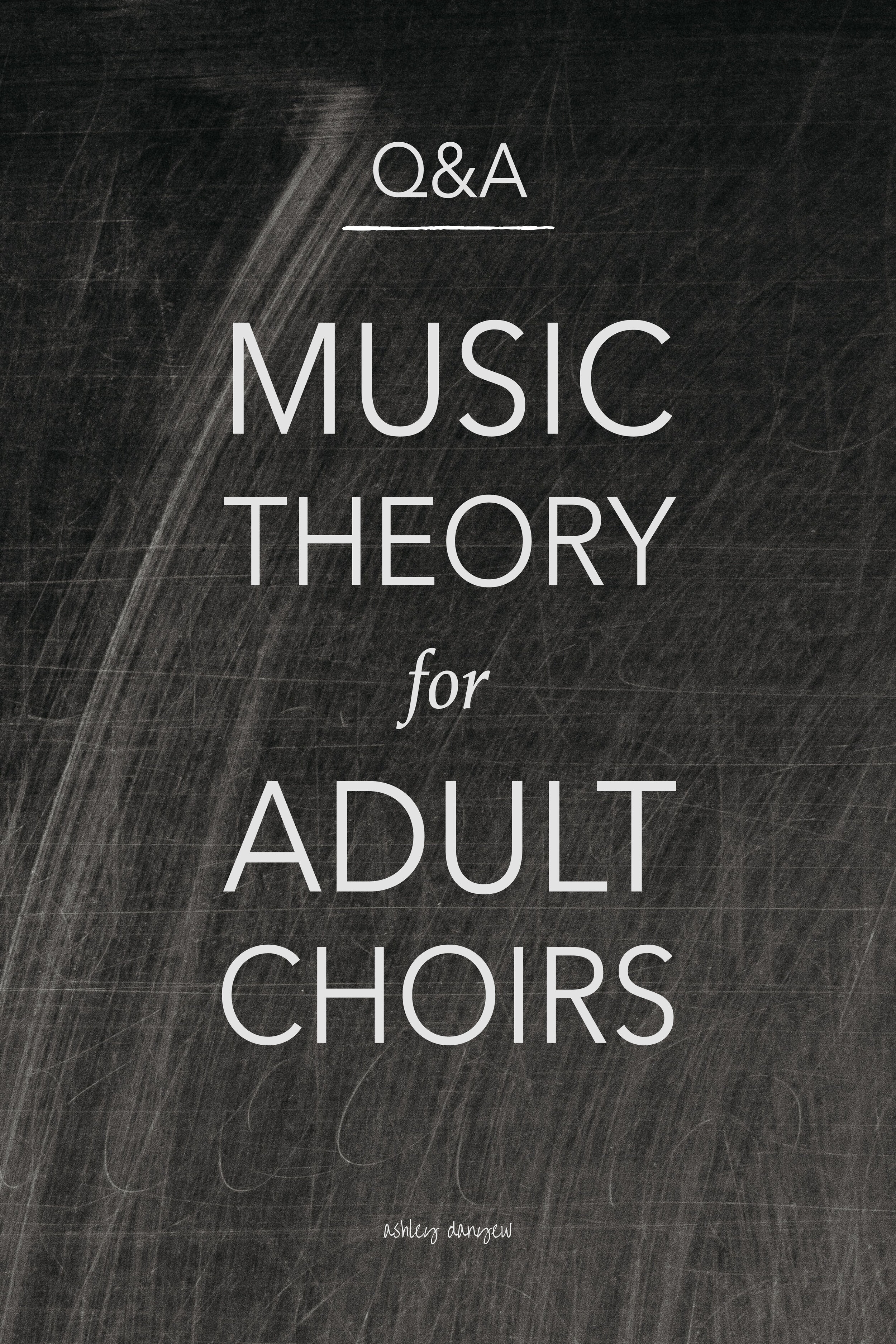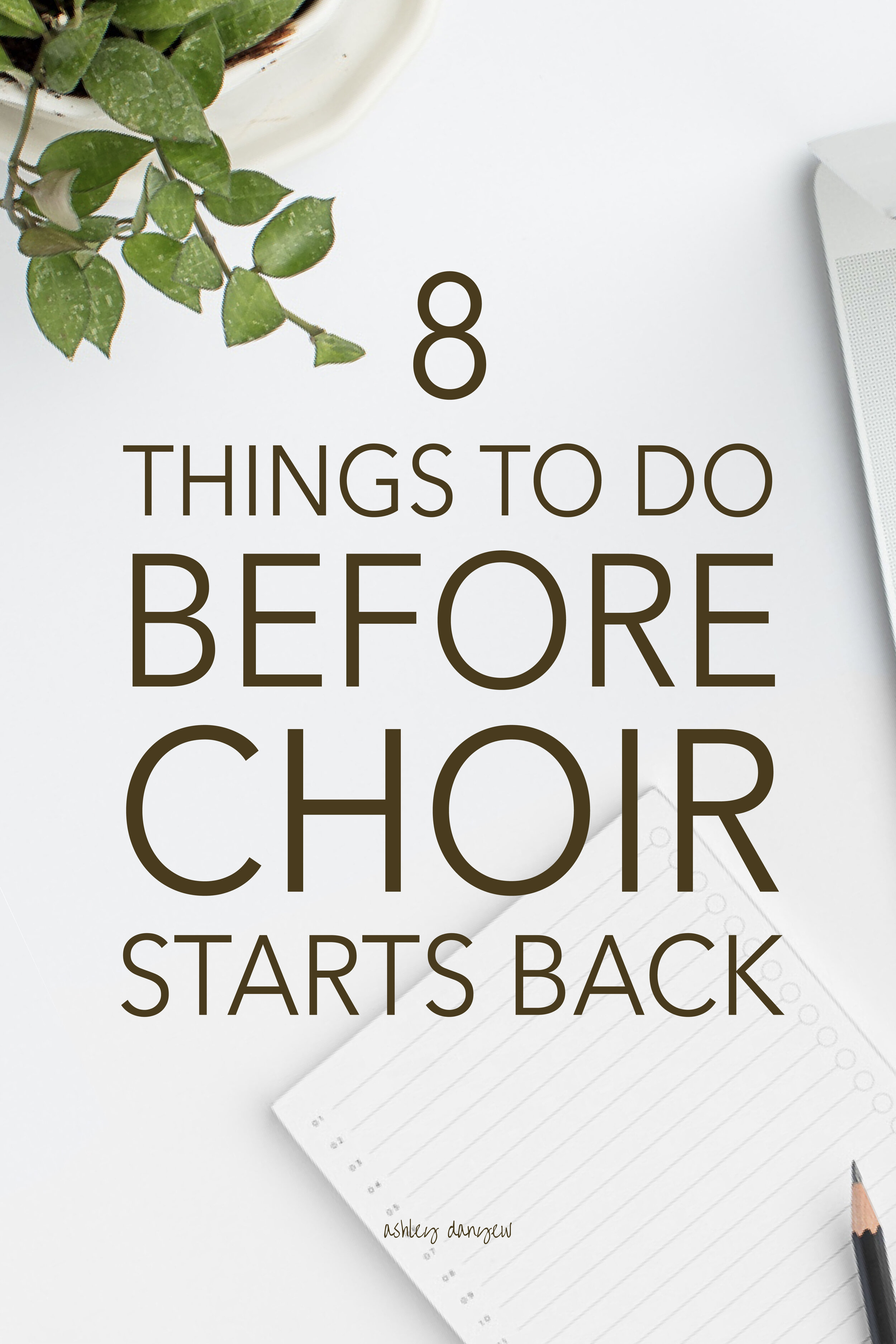Editor’s note:
Sometimes I get questions in my inbox that I think others may be wondering, too. Here’s a question I received from a director in Germany about what to do at your first handbell choir rehearsal. Curious to learn more? Read my response below.
Ashley
Question
Dear Ashley,
I am so grateful for your website!!! I have to meet with a group of kids in 4(!) days with a set of chimes and haven't a clue how to organize the first lessons!!!
What would you recommend for me to do with them? I think that most have (if any) very rudimentary reading skills. Should I try your Glorioso? If I have 15 ringers, do I assign each one chime? Or is it best that 8 work at a time with two chimes each?
Lorelei
Answer
Hi Lorelei,
Ahh, so exciting! You’re going to have a great time with that group. Here's what I recommend:
Rhythmic Reading
I recommend starting with some rhythmic reading. Rhythm is the foundation of music-reading and playing and this is a great way to get the group engaged and focused.
There are lots of ideas for rhythmic-reading exercises in this post: 36 Ways to Use Rhythm Pattern Cards In Your Teaching.
The goal is to get your ringers used to reading rhythmic notation, feeling the steady beat, clapping the rhythm they see, and learning how to count in different meters.
You can use a set of rhythm pattern cards, write a few examples on a whiteboard, or create your own rhythmic-reading exercises in a free music-notation software like Musescore and print them out in advance for your ringers to keep in the back of their notebooks.
Random Ring
After a few minutes of rhythmic-reading exercises, I would do a simple “random ring” piece to introduce the handbells or handchimes (and how to play them) and give your ringers an opportunity to try them out in a free, somewhat unstructured way.
Here's how to facilitate a random-ring activity:
Assign each ringer one bell or chime from the pentatonic scale (ex. C-D-E-G-A) in different octaves)
Demonstrate the basic ringing and damping motion, scooping away from the body (down, up, and around in a circular motion) and resting the bell or chime on the shoulder to damp.
Play a simple pentatonic melody (e.g. Amazing Grace, Simple Gifts) on the piano or other instrument in the pentatonic key you've chosen.
Invite your ringers to accompany you by ringing at random times.
Looking for more? There are a few helpful improvisation ideas in this post: Improvisation Activities for Handbells.
Simple Pieces
Now that you've done some rhythmic reading and introduced basic bell- or chime-ringing technique through a random-ring exercise, I recommend introducing a simple piece, or two (like Glorioso, a free acclamation, or a simple pentatonic melody like Amazing Grace or How Firm a Foundation).
Give your ringers a moment to look through the music, find their part, and color-code their notes for easy reading (if needed). If you're working with children, you can even color-code the bells or chimes with dot stickers or a small piece of colored electrical tape so they match the colors used to mark their music.
Here are the standard colors for each note of the scale:
C = red
D = orange
E = yellow
F = green
G = teal
A = dark blue
B = purple
If the piece is written for a smaller group, consider doubling the parts in different octaves (if you have enough bells or chimes to do so). This will give your ringers an opportunity to play two chimes, rather than just one.
You could also add in other instruments (if you're using handbells, add in chimes or vice versa; use a set of desk bells; include Orff instruments or percussion instruments) and let your ringers take turns.
Related posts:
How to Direct a Handbell Rehearsal
How to Start a Handbell Choir (with Zero Experience)
Free Resource
An easy-to-learn introit for ringers of all ages.
A short, festive acclamation or introit for 16 bells. Perfect for your beginning bell choir (the piece is built on simple, repeated rhythmic patterns—no music required!). Works well as a processional (if your group can ring and walk at the same time!).
Composing
In the future, it can be fun to do a composing activity with your ensemble—something simple like a processional or acclamation. Often, these types of pieces are based on repeated patterns (1-2 measures in length), which makes them easy to learn and play from memory. Start with rhythm patterns and a few select chords.
Here's a step-by-step guide: How to Write a Handbell Processional.
I hope this helps!
Ashley
Looking for more?
Develop the skills you need to lead and direct with confidence.
Join me in Music Education & Leadership Skills for the Handbell Choir Director, a mini online training course just for handbell choir directors.
This course will help you develop valuable teaching skills and equip you with the practical tools and skills you need to lead and teach your handbell choir with creativity and confidence.
Have a church music or music education question you’d like me to answer?









































